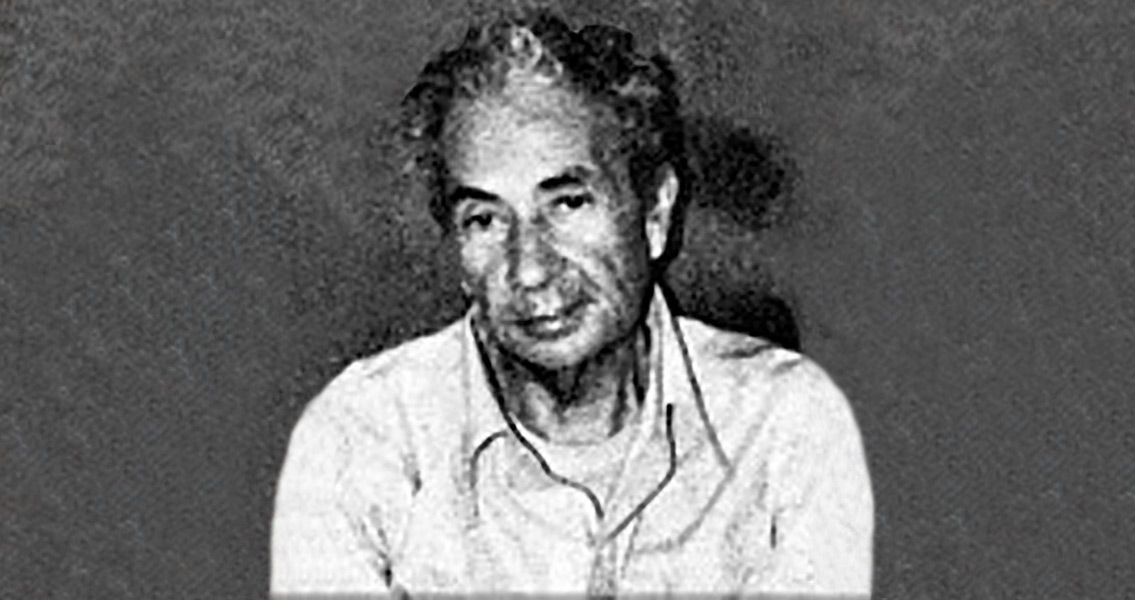<![CDATA[On 18th April, 1974, Italian prosecutor Mario Sossi was kidnapped by the Red Brigades. The event marked the first time that the Marxist-Leninist terrorist group had struck directly at the Italian government. The Red Brigades (Brigate Rosse in Italian) was founded in 1967, supposedly by Renato Curcio, who recruited radical students from the University of Trento. Dedicated to figures such as Karl Marx, Mao Zedong and Che Guevara, the organisation was a product of the tumult of Italian politics and society in the post war period, as well as the broader conflict between left and right wing politics that defined the Cold War. In 1969, Curcio married fellow student Margherita Cagol and moved with her to Milan, where the Red Brigades attracted a larger following. The group announced its existence in 1970 with a wave of fire bombings of factories and businesses in Milan, along with other acts of vandalism. Following the overthrow of the fascist government of Benito Mussolini and the end of the Second World War, Italy had been thrown into a period of uncertainty and upheaval. In the 1960s, worker movements had arisen in response to the country's rapid industrialisation and urbanisation. Unequal wealth distribution combined with the persistent corruption which was believed to be undermining democracy meant that discontent was rife through society. A key aim of the Red Brigades was to destabilise the Italian government enough to force its withdrawal from NATO, and to remove the influence of multinational business in Italian society. At its peak, the Red Brigades received aid from the Soviet Union, mainly in the form of weapons distributed through secretive trade routes. As with many other left-wing organisations in Europe at the time, the Red Brigades was symptomatic of a broader, radicalised dissatisfaction with post-war Europe - a belief that Western European societies were reverting to the mistakes of the pre-war period. The USSR's support of these organisations was an attempt to exploit this dissatisfaction. The wave of kidnappings began in 1972, when the Red Brigades kidnapped Italian business man Idalgo Macchiarini and held him captive for a short time. Several other executives were kidnapped in the years following, with each being released largely unharmed. Sossi's capture in 1974 was both the first time the Red Brigades had kidnapped a politician, and the first time it had demanded a ransom. In many ways it reflected a change in intention, from attacking symbols of business to targetting the Italian political system as a whole. The Brigades demanded the release of eight of its members who had been imprisoned. A deal was struck with another Italian prosecutor, Francesco Coco, although he ultimately reneged on the agreement, igniting the Red Brigades' wrath. The conflict between the Red Brigades and the Italian government escalated throughout the 1970s. More kidnappings took place, and the prosecution of several Red Brigades members in 1976 saw violence erupt to terrorifying extremes. Coco was killed by the Brigades for his involvement in the deal to free Sossi, and a wave of shootings were carried out against government officials. On 16th March, 1978, the Red Brigades kidnapped former Italian Prime Minister Aldo Moro, killing five of his body guards in the process. The Red Brigades' demands were repeatedly refused, and on 9th May Moro's body was found in the boot of a car in the centre of Rome. Over the next week, seven more Italian politicians were killed by the Red Brigades, as its wave of terrorism escalated dramatically. At its peak, the Red Brigades was believed to have between 400 and 500 members, along with a network of unofficial supporters who provided shelter and funds. Following the events of 1978, a police crackdown led to the gradual arrest of the leaders and members of the terrorist organisation. By the late 1980s, the majority of its members had been killed or imprisoned. ]]>
Red Brigades Start Attacks on The Italian Government
